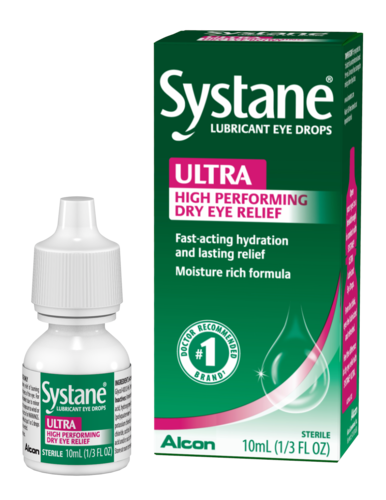How to Source Lubricating eye drops OTC Product for Retail or Distribution
Lubricating eye drops (Liquid drops, Gels, Ointments, Various formulations ( preservative-free, gels, ointments); lubricate dry eyes) is classified under OTC. It is therapeutically aligned with reference brands such as Systane (by Alcon), Refresh (by Johnson & Johnson), Visine, Blink. This guide highlights key sourcing factors buyers should consider when procuring high-quality Lubricating eye drops for formulation, R&D, or bulk manufacturing.

1. Regulatory Compliance & Certifications
- ✔ National drug code (NDC) or registration with drug authority
- ✔ Label claims comply with FDA or local OTC monograph
- ✔ Product meets labeling, dosage, and safety guidelines
2. Technical Suitability & Clinical Use
- ✔ Instruction manuals & datasheets
- ✔ Correct dosage form (tablet, cream, syrup, etc.)
- ✔ Bioavailability and shelf-life testing data
3. Supplier Experience & Support
- ✔ Positive past audit reports
- ✔ Pharma client references
- ✔ Regulatory audit history
4. Packaging, Storage & Logistics
Ensure sterile packaging and temperature-controlled shipping if required.
- ✔ Shelf life and handling guidelines
- ✔ Customs and import documentation
- ✔ Local distributor or service support ✔ Barcode, labeling, and marketing claims approved
Conclusion
Sourcing Lubricating eye drops is more than procurement—it’s a strategic partnership. With its liquid drops, gels, ointments form and Various formulations ( preservative-free, gels, ointments); lubricate dry eyes specification, choosing a compliant supplier ensures consistent quality and regulatory approval. Prioritize documentation, verify compatibility, and build relationships with transparent, reliable suppliers to secure long-term success.
Frequently Asked Questions For Sourcing of Lubricating eye drops
Is Lubricating eye drops approved for OTC sale?
Lubricating eye drops is formulated to meet the standards of over-the-counter (OTC) distribution and may be registered under the applicable monograph or national guidelines for retail availability.
Does Lubricating eye drops require a drug license for sale?
In most countries, OTC products still require registration or listing with a health authority (e.g., FDA, CDSCO). Always verify local regulations before sale or import.
What are the regulatory requirements for sourcing OTC products?
Ensure that the product is compliant with local health authority guidelines and has the necessary certifications (e.g., GMP, ISO). Depending on your region, you might also need to check for packaging and labeling standards.
What packaging formats are available for Lubricating eye drops?
Common formats include blister packs, plastic bottles, tubes, or sachets — with tamper-proof and child-safe options. Custom packaging can be arranged on request.
Can I use custom branding for Lubricating eye drops?
Yes, many manufacturers offer private-label options for OTC products, but you must ensure compliance with local regulations regarding packaging and labeling claims.
What is the shelf life of Lubricating eye drops?
OTC products typically have a shelf life of 24-36 months. It’s crucial to verify the shelf life with the supplier, especially for bulk purchases, to ensure adequate expiration time for your market needs.
Can Lubricating eye drops be sold online?
Yes, as long as your eCommerce platform complies with OTC distribution guidelines. Product documentation, barcode, and labeling must match applicable regulations.
